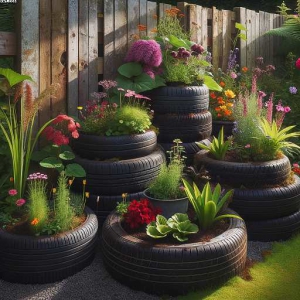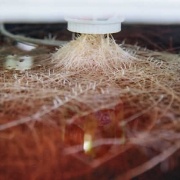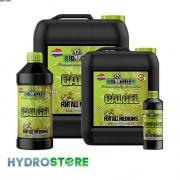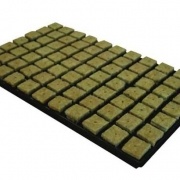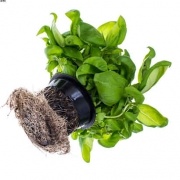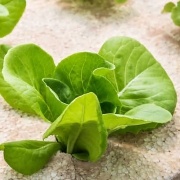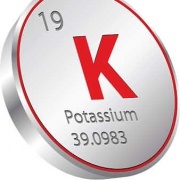The Kratky system
The Kratky system
The Kratky system
So here we are at the beginning of May 2021. This is important to me because it is my birthday on the 6th. Consequently, I can also remember the weather in that particular week. Traditionally the early may weather is hot and sunny. Unfortunately, according to the forecasters then this year will be much different. Frustratingly, we have just survived the coldest April since 1922 and as growers and gardeners then dont we know it !
Gardening, techniques include having to move things about to fit other things into. As I look out of my office window the weather is dreadful! Heavy rain and windy making it feel very cold. Unfortunately, my citrus plants are holding up my circle of planting. So, when my citrus goes outside then my hydroponics grown tomatoes can go in. Because of the cold then I am about three weeks behind this year.
With past experience then I realise that the weather can catch up over night! Lets hope so. So, as I have written in some of my earlier posts then I am really looking forward to growing by using one of the Kratky methods.
Who was Kratky ?
Kratky was a guy studying in the “University of Hawaii“. B.A.Kratky discovered a method of growing plants by using “Deep Water Culture“. Subsequently, his simple system would be used without the use of an electric pump. So making the growing system simple and easy to use. His growing method was simple and easy to use, developing into perhaps six split off systems. So, making growing plants possible in all situations. Including growing indoors with the aid of grow lights .
However the actual system of hydronic growing came from a succession of people experimenting in soilless growing conditions up to the emergence of Professor Gericke. Professor Gericke experimented at the University of California” in the 1920’s and 30’s. By growing tomatoes in commercial sized buildings. His experimentation lead to the growth of tomato vines growing to twenty five feet long. Of course by not using soil but water and a mineral nutrients solution. In 1937 prompted by a phycologist (W A Setchell) he introduced the name of the new growing system as water culture and hydroponics.
Of course the system moved forward at a rapid pace up to the huge amount of technical aid now used in hydroponics and its derivatives. Of course the Kratky system is perhaps the basic way of growing . Requiring no electrical aids. However, because the system doesn’t use any form of aeration then problems can occur with temperature spikes. Say if the weather gets very hot the solution can become stagnant with blooms of algae growing in the solution mix.
Air pump the solution for algae growth
The obvious solution to this is to add an air pump into the system. This added air will oxygenate the growing solution. Importantly, the plants roots will have a good access to oxygen. Accordingly, the pumped air will regulate the temperature of the growing solution cutting the levels of any algae growth due to heated stagnation. So, I will adding a small aquarium pump to oxygenate my hydrotropic tanks (As soon as the weather warms up ) .
So, at the moment I have collected my plastic boxes and mesh pots to start my salad growing hydroponics system to kick off and cant wait!
All equipment can be purchased in the York area from Hydrostore York.
